-
AI: THE
FUTURE OF
EVERYTHING -
Empowering
brilliant
minds in AI -
world’s first
AI focused
university
Ranked in the top 20 globally for AI, computer vision (CV), machine learning (ML) and natural language processing (NLP) by CSRankings, our programs will push the boundaries of your imagination, curiosity, and knowledge to tackle some of the most pressing challenges of our time.
Our university is located in the UAE’s capital, Abu Dhabi - one of the most exciting cities in the world and the safest according to the Numbeo Index. We offer fully-funded graduate programs in AI specializations – the only university in the world to offer such courses – which have been purposefully designed to propel your career. You’ll become a known disruptor of established industries through levering the AI skills and knowledge acquired with a graduate degree from MBZUAI.



Computer vision (CV) focuses on how computers can be used to automatically understand and interpret visual imagery. It aims to mimic the astounding capabilities of human visual cortex using machine vision algorithms. It studies how an image is created, the geometry of the 3D world and high-level tasks such as object recognition, object detection, and tracking, image segmentation and action recognition. Computer vision has important applications in augmented/virtual reality, autonomous cars, service robots, biometrics and forensics, remote sensing, and security and surveillance.
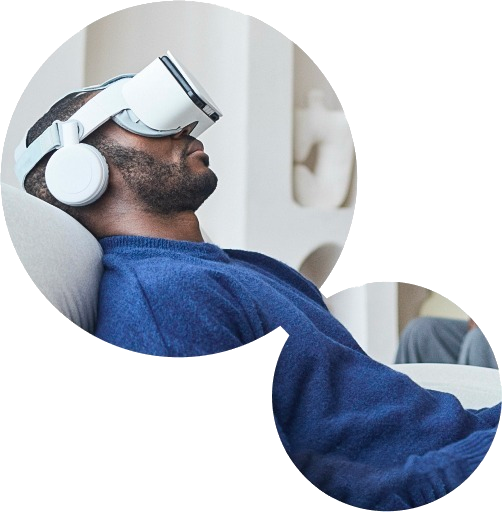
Machine learning (ML) focuses on algorithms and statistical models that computer systems use to effectively perform a specific task without using explicit instructions, relying on patterns and inference instead. These algorithms are based on mathematical models learned automatically from data, thus allowing machines to intelligently interpret and analyze input data to derive useful knowledge and arrive at important conclusions. Machine learning is heavily used for enterprise applications (e.g., business intelligence and analytics), effective web search, robotics, smart cities, and understanding of the human genome.
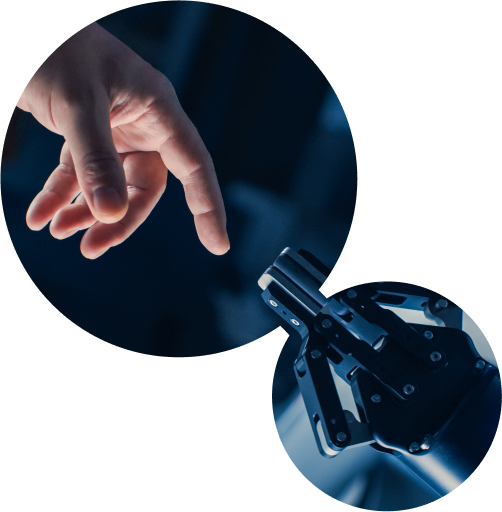
Natural language processing (NLP) focuses on system development that allows computers to communicate with people using everyday language. Natural language generation systems convert information from the computer database into readable or audible human language and vice versa. Such systems also enable sophisticated tasks such as inter-language translation, semantic understanding, text summarization and holding a dialog. The key applications of NLP algorithms include interactive voice response applications, automated translators, digital personal assistants (e.g., Siri, Cortana, Alexa), chatbots, and smart word processors.
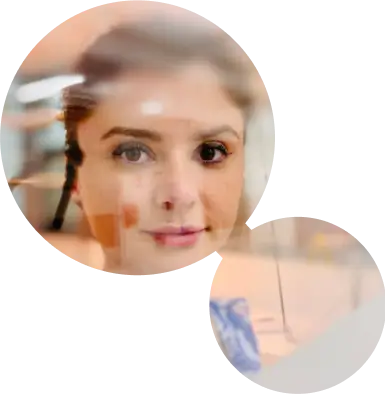
Robotics integrates mechanical engineering, electronics, and AI to create machines capable of autonomous actions. Driven by algorithms, sensors, and data, robots adapt to environments and tasks. Applications span manufacturing, healthcare, exploration, and service industries, automating hazardous or precise work. This evolving field blends disciplines to craft machines that perceive, think, and act intelligently, revolutionizing industries and driving innovation.
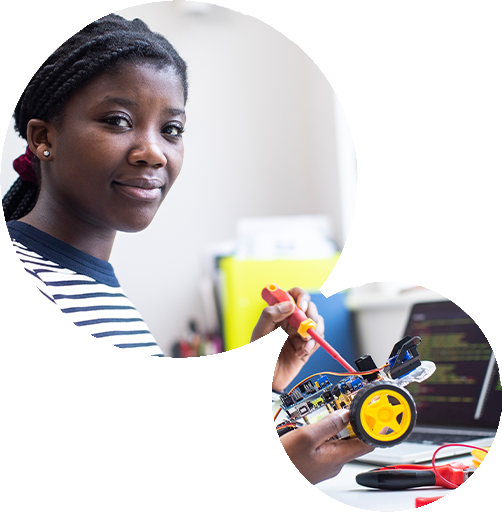
Computer science encompasses theory, design, and application of computational systems. It mirrors human thinking with algorithms and data structures. From efficient problem-solving to diverse applications like AI, software engineering, and beyond, it spans finance, healthcare, and entertainment, underpinning innovation across industries. This dynamic field continually shapes technology, automation, and information processing, driving the digital transformation of societies worldwide.
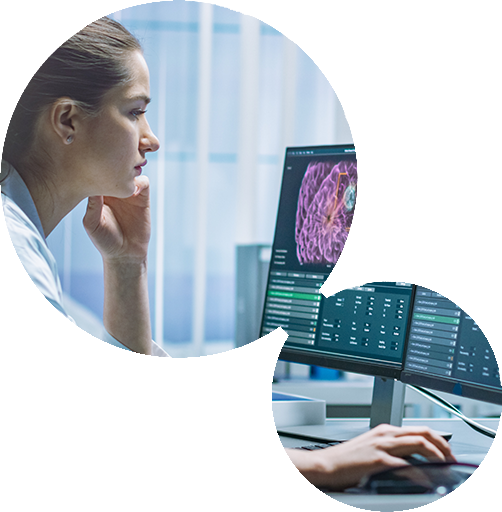
Computer vision (CV) focuses on how computers can be used to automatically understand and interpret visual imagery. It aims to mimic the astounding capabilities of human visual cortex using machine vision algorithms. It studies how an image is created, the geometry of the 3D world and high-level tasks such as object recognition, object detection, and tracking, image segmentation and action recognition. Computer vision has important applications in augmented/virtual reality, autonomous cars, service robots, biometrics and forensics, remote sensing, and security and surveillance.

Machine learning (ML) focuses on algorithms and statistical models that computer systems use to effectively perform a specific task without using explicit instructions, relying on patterns and inference instead. These algorithms are based on mathematical models learned automatically from data, thus allowing machines to intelligently interpret and analyze input data to derive useful knowledge and arrive at important conclusions. Machine learning is heavily used for enterprise applications (e.g., business intelligence and analytics), effective web search, robotics, smart cities, and understanding of the human genome.

Natural language processing (NLP) focuses on system development that allows computers to communicate with people using everyday language. Natural language generation systems convert information from the computer database into readable or audible human language and vice versa. Such systems also enable sophisticated tasks such as inter-language translation, semantic understanding, text summarization and holding a dialog. The key applications of NLP algorithms include interactive voice response applications, automated translators, digital personal assistants (e.g., Siri, Cortana, Alexa), chatbots, and smart word processors.

Robotics integrates mechanical engineering, electronics, and AI to create machines capable of autonomous actions. Driven by algorithms, sensors, and data, robots adapt to environments and tasks. Applications span manufacturing, healthcare, exploration, and service industries, automating hazardous or precise work. This evolving field blends disciplines to craft machines that perceive, think, and act intelligently, revolutionizing industries and driving innovation.

Computer science encompasses theory, design, and application of computational systems. It mirrors human thinking with algorithms and data structures. From efficient problem-solving to diverse applications like AI, software engineering, and beyond, it spans finance, healthcare, and entertainment, underpinning innovation across industries. This dynamic field continually shapes technology, automation, and information processing, driving the digital transformation of societies worldwide.
